A Look at 8 Key Male Archetypes for Your Novel
While we don’t want to create cookie-cutter stereotyped characters, learning about archetypes can be tremendously helpful in character development. We’ve been talking about archetypes over the last week, so if you’ve missed some of these posts, start with this one.
The idea here is to find a type and go from there. Archetypes are all about personality and motivation, and by bringing in some of the traditional, established characteristics of specific archetypes, you can craft believable characters.
As I’ve mentioned in many posts, your novel or play or short story needs a cast of characters, unless your plot is about one person alone in the world (or some world).
These characters play various roles, and while the basic roles are ally, enemy (nemesis or antagonist), and lover, there is much more to consider than these general descriptions.
Some look at Greek gods as archetypes that can be utilized in character development, and if you modernize the qualities of these gods, you can see how you might transfer those over to your novel.
8 Basic Types for Male Characters
Let’s take a look at eight male character types, and as you read through them, think of how these types might possibly fit into your story. Don’t just pick a type because it’s interesting. Every character needs to serve the interests of your plot.
1) The Protector (Ares): He is all about being physical, spontaneous, impulsive. He will act first and think later. He wants to win, and he’s fiercely protective. He fears being constricted, bored, having to use his mind over body. He’s motivated by survival, and the extreme of this character can be violent, yearning to fight, with a poor self-image and bad temper.
2) The Businessman (Apollo): He is entrenched in his career, planning his life, competing, success. He fears failure in the workplace and getting too intimate. He keeps his emotional distance, afraid of rejection. He’s motivated by a need to succeed and a drive to compete. The extreme of this character tends to feel betrayed, wants revenge, is viciously competitive, and uses people.
3) The Recluse (Hades): The name tells all. He wants to be left alone, shuns others. He’s afraid of crowds, his emotions, of spinning out of control. His motivation springs from his need to understand himself and his world. In extreme, this type of man is antisocial, psychotic, terrified of rejection, intimidating, and shuns all affectionate relationships.
4) The Fool (Hermes): This character is a free spirit, seeking freedom, reckless adventures, often an eternal child (Puer Aeternas). He can also be very positive in his childlike, accepting ways. He fears losing his freedom, getting bored, being committed to relationships or deals. His motivation stems from the need to know and the desire to try everything. The extreme of this character is seen in the con man, one who hates authority, is self-absorbed, disregards law and propriety, lacks empathy.
5) The Lady’s Man (Dionysus): He’s all about sex, romance, flirting, pleasure. Physical satiation above all else. He fears losing appeal, losing his youth and virility, and avoids commitment or feeling trapped. He’s motivated by a deep need for love and acceptance, or a drive to win or seek fleeting pleasures to give him a sense of fulfillment. The extreme of this character can be possessive, abusive, disloyal, explosive.
6) The Messiah (Osiris): The male face of this archetype is all about being male, the power of the male personality, and the male psyche. He is concerned with healing the soul more than the body. He fears failure of his quest or purpose, being misunderstood or not taken seriously. He’s motivated by his desire to help others, sacrifice himself for the greater good. He’s driven by great purpose or vision and willing to battle whoever stands in his way. The extreme of this character is harshly critical of others who oppose his views, overly passionate so that he breaks others’ spirits and egos. He feels he is always right and all should believe the way he believes, and those who don’t, he punishes.
7) The Artist (Poseidon): He cares about his creativity, expressing his emotions. He worries what others think of him and wants to be treated fairly. He tries to appear he’s in control and is strong, though he often suffers self-doubt. He’s motivated by a drive to be admired, to be important, to stand out from the crowd. The extreme of this character is deceitful, manipulative, playing games with people’s hearts, reckless and angry, without boundaries and easily enraged. He’ll also hold a grudge forever.
8) The King (Zeus): He rules his kingdom—those in his life. He longs to be admired and in charge, respected, even worshipped. He wants to be the best of the best and pushes himself to get there. He fears competition—that someone will rise above him—someone younger, faster, stronger. He’s motivated by a strong need for approval and recognition and power. The extreme of this character is domineering, arrogant, oppressive, harsh, and often humiliates others.
Taking the Types a Step Further
What could you do with a Protector type? I mentioned last week how my hero in my new novel, Colorado Dream, is a perfect protector. He’s a kind of bad boy, walking on the wild side. This type might be very charismatic, volatile.
A Businessman type could be a leader of a bank, an Army platoon, a think tank. He might be a workaholic. He might be the guy who makes great decisions, motivates others, takes on responsibility.
The Recluse could be a troubled coworker. Or a serial killer. He might be the outcast in a classroom, tormented, brooding. A great “red herring” character who all tend to blame.
The Fool could also be a strong, quiet good friend who advises. Who’s faithful and supportive, doesn’t cause waves and is unassertive. He could be Mr. Nice Guy or the listening ear at work.
The Lady’s Man is a charmer, smooth talker. He might get so lost in his fantasies, his “real life” is falling apart. Some other possible characteristics are his flair for drama, his enthusiasm, ability to manipulate.
The Messiah might be a knowledgeable professor or scientist that has the answers. He might be a computer nerd who is neurotic about getting all the answers. He can be amazingly creative but stubborn and inflexible. He could be picky, hating change or anything that disrupts his life.
The Artist is the guy in the room who adds the spark. He’s adventurous, fun-loving, craving excitement, and can be wholly unreliable and foolhardy. You see in him the daredevil or the explorer. He can spur on your protagonist to make a scary choice, or he can be an antagonist that leads your hero into trouble.
The King might be your hero, idealistic, a champion, acting with honor. Or he might be your heroine’s love interest or a character who noble ideals and principles inspires your hero. He might be the avenger of wrongs or the knight in shining armor.
Supporting Friends
Other archetypal roles can be found in The Magi (the voice of wisdom, the one who helps empower your hero), the Mentor (who freely offers good advice and wants to come alongside your hero), and the Best Friend or Lover.
Think about all the male characters, major and minor, you have in your novel. See how these various traits might enrich them and create conflict. You might need to add a few more characters in there, to create a wider palette of character dynamics.
What archetype intrigues you the most? Which one best fits your primary male character in your story, and which particular characteristic do you like in him? (And can you sing the Underdog theme?)

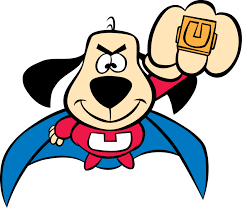
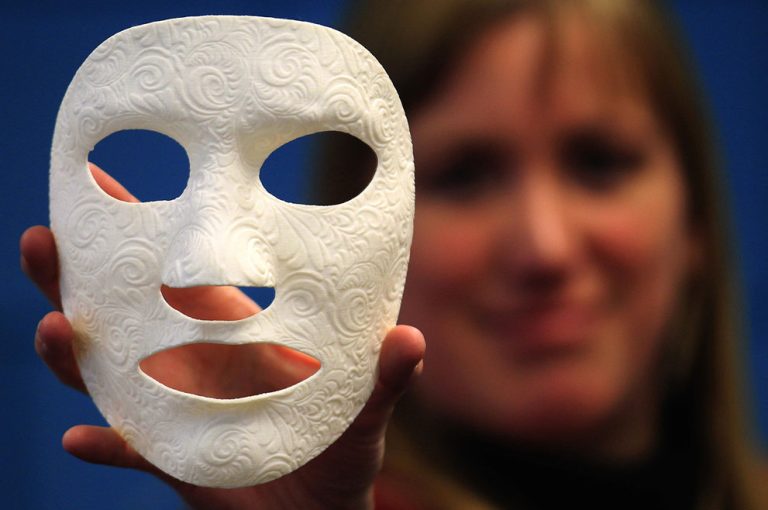
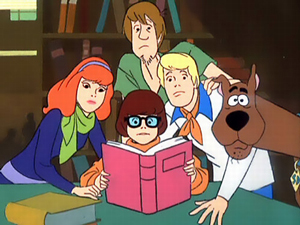
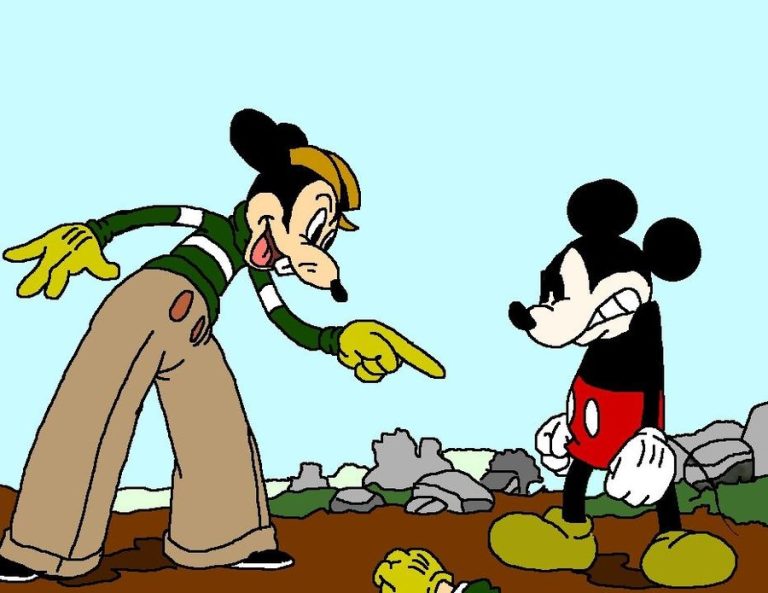
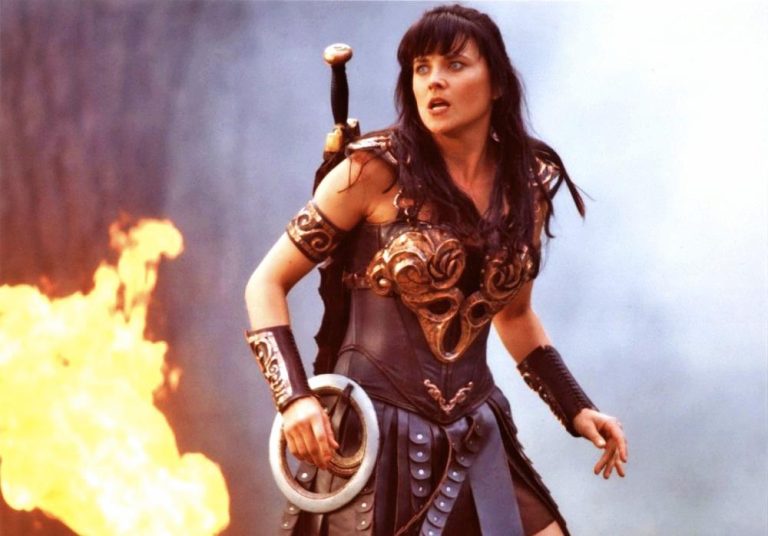
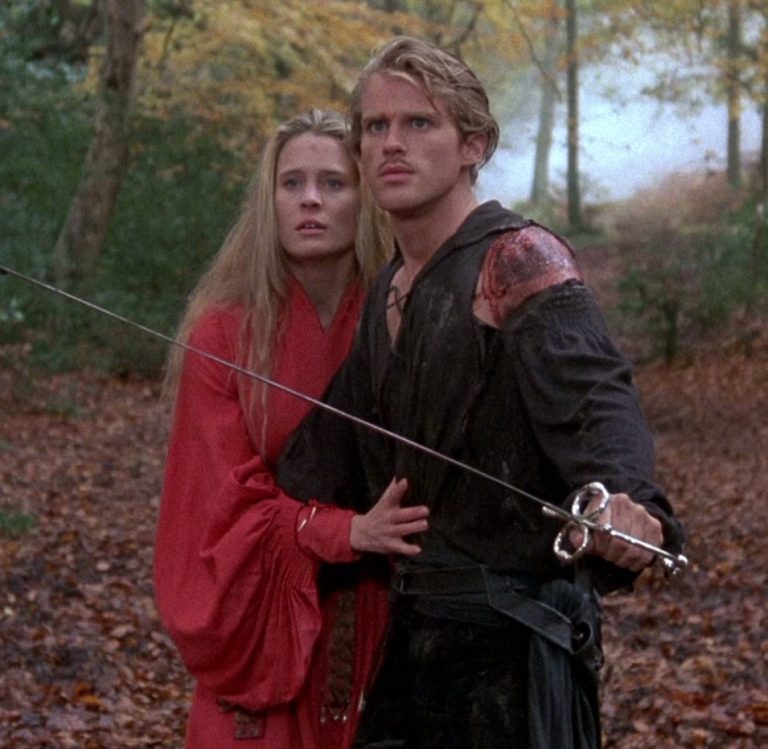
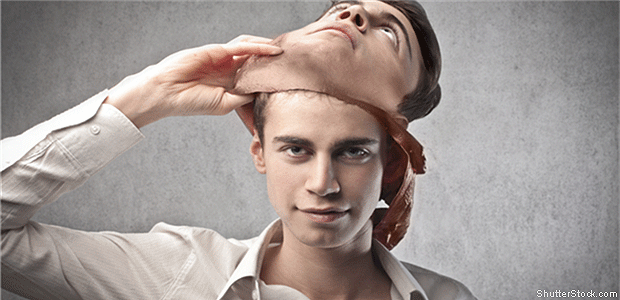




I didn’t consciously use archetypes in my novel but I applied your template to each character and turned up some surprising results.
The first is that my antagonist is a Protector. It allowed me to see the dark/ light sides of his personality. My protagonist is an Artist. Other male characters are a King, a Fool, a Magi,a Businessman and maybe a Messiah.
Another observation is that characters are rarely one archetype. Most of mine have some mixture, maybe 80% one and 20% another.
Thanks for sharing that. I mention that in an earlier post–that characters not only have combinations of archetypes, but they will often switch hats during the course of a story. But in general, there are types, and it can be helpful to bring in some of a type’s characteristics into play because they resonate honestly with us.